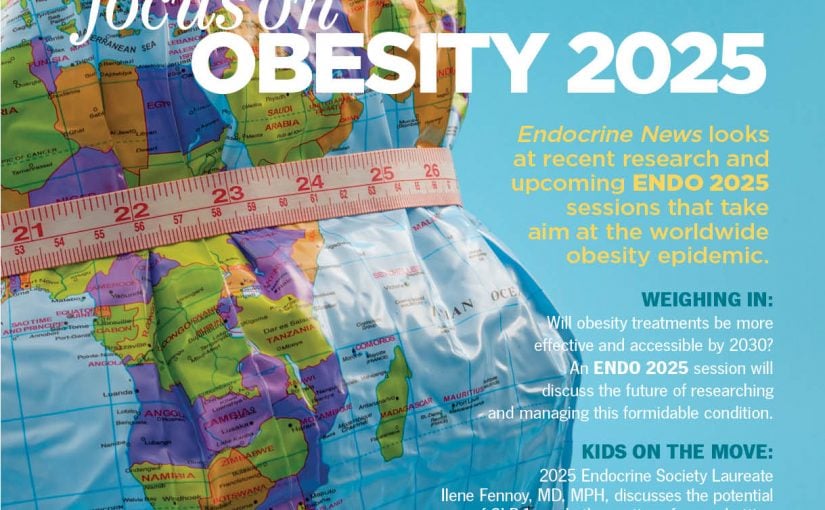Eric Seaborg takes us on something of a “fantastic voyage” as he explores our innards for his in-depth piece on the gut microbiome that might surprise a lot of you. In “Gut Instinct,” we actually learn that this microbiota is not a foreign body — as many people believe — but actually a part of the human body. “You have to be adapted to live in the gut, and that adaptation process has occurred over millions of years,” says Lee Kaplan, MD, PhD, director of the Obesity, Metabolism, and Nutrition Institute at Massachusetts General Hospital in Boston. “You can think of the microbiota as an organ, and one of its functions appears to be to help regulate metabolic functions in the other organs.”
For those of you who spend your days treating children, you have no doubt seen the rewards as well as the challenges of treating this precious — and often precocious — population. However, the lack of predictability in these patients is just one of the contributing factors that has made creating an artifi cial pancreas a challenge that has lasted over the past two decades. In “No Child Left Behind?” Melissa Mapes talks to the researchers who have spent their careers attempting to create such a device to serve this delicate group of patients.
The Endocrine Society’s Endocrine Press has released its second book, Molecular Nutrition: A Practical Guide, edited by Jeffrey I. Mechanick, MD; Michael A. Via, MD; and Shan Zao, PhD. Endocrine News conducted a Q&A with Mechanick about why this was such an important book for the Society to publish and what may surprise you about food and its molecular structure. He told me that Molecular Nutrition is not a standard textbook, but rather a story, and it’s the reader’s epilogue he’s more interested in.
Associate editor Derek Bagley has assembled some of the highlights of ENDO 2015 in his wrap-up of the meeting in “On the Waterfront.” He touched on everything from a thyroid cancer-sniffi ng German Shepherd to a fi tting tribute to the late Chip Ridgway, as well as a highlight of some of the hundreds of poster sessions. While it is by no means as comprehensive as ENDO itself, it should help to inspire you to prepare for Boston next April!
Finally, we’ve included a rather exhaustive “Letters to the Editor” section this month, something we rarely feature in Endocrine News, mainly because we get so few of them. In this case, however, they are all about a single story: the “Why Endocrinology?” feature in March. I was surprised and heartened that such honest tales from your fellow endocrinologists struck such a chord with so many of you. Look for more stories of this nature going forward in the pages of Endocrine News. And if you have an idea for a story, please let me know at [email protected].
Mark A. Newman,
Editor, Endocrine News

